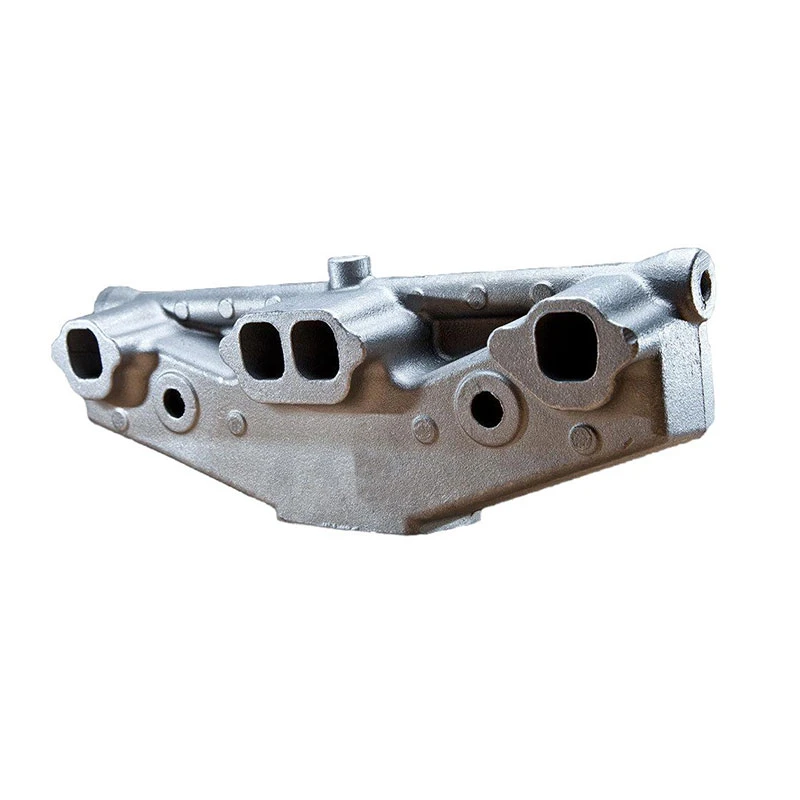Understanding the Importance of Sand in the Casting Process for Metal Production
Understanding Sand Casting and Its Significance in Manufacturing
Sand casting is one of the oldest and most widely used metal casting processes. With roots tracing back thousands of years, it has evolved into a sophisticated manufacturing technique that allows for the production of complex shapes and designs using a variety of metals. This article delves into the significance of sand casting, focusing on its materials, processes, advantages, and applications.
What is Sand Casting?
Sand casting involves creating a mold from sand to form a desired shape, which is then filled with molten metal. The process begins by making a pattern, typically made of wood, metal, or plastic, which represents the object to be cast. This pattern is then surrounded by sand mixed with a bonding agent, usually clay, to hold the shape when the pattern is removed. Once the sand mold is ready, it is filled with molten metal and allowed to cool, forming a solid object that can be further processed.
Materials Used in Sand Casting
The primary material used in sand casting is, of course, sand. However, not all sand is created equal. The most commonly used sand in this process is silica sand, known for its excellent properties and availability. Silica sand is favored for its ability to withstand high temperatures, low expansion rate, and good flowability.
To strengthen the mold, a binder is mixed with the sand. The most common binders include clay, phenolic resin, and various organic substances. The choice of binder affects the properties of the mold, such as its strength, thermal stability, and ease of removal after casting. Additionally, the quality and granulation of the sand can significantly impact the surface finish and dimensional accuracy of the final product.
The Sand Casting Process
The sand casting process can be broken down into several key steps
1. Pattern Creation A pattern is created to match the final product's specifications. This pattern must account for shrinkage during cooling. 2. Mold Preparation The pattern is placed in a mold box, and sand mixed with a binder is packed around it. Once the sand is compacted, the pattern is removed, leaving a cavity in the shape of the desired part.
3. Metal Pouring Molten metal is poured into the mold cavity. Care must be taken to ensure the metal flows evenly and fills all areas of the mold.
sand casting sand

4. Cooling and Solidification The molten metal is allowed to cool and solidify. Cooling times can vary based on the metal type and section thickness.
5. Mold Removal Once the metal has fully cooled, the sand mold is removed. This often involves shaking or vibrating to loosen the sand.
6. Finishing The casting is cleaned and finished as required. This may include grinding, machining, or surface treatment to achieve the desired specifications.
Advantages of Sand Casting
Sand casting offers numerous advantages, making it a preferred choice for many manufacturers
- Versatility It can cast a wide variety of metals, including aluminum, bronze, iron, and steel. - Cost-Effectiveness The materials and processes are generally inexpensive, especially for low- to medium-volume production. - Complex Geometries Sand casting can produce intricate shapes that might be difficult or impossible to achieve with other methods. - Reusability of Sand The sand can be recycled for future molds, making the process environmentally friendly.
Applications of Sand Casting
Sand casting is used across various industries, showcasing its versatility. It is commonly employed in automotive manufacturing for engine blocks, transmission housings, and other crucial components. In aerospace, it assists in producing parts that require high strength-to-weight ratios. Additionally, it is utilized in the production of large industrial equipment and consumer goods, demonstrating its broad applicability in modern manufacturing.
Conclusion
Sand casting remains a vital process in the manufacturing industry, combining ancient techniques with modern technology and materials. Its flexibility, cost-effectiveness, and ability to create complex geometries make it an enduring choice for producers worldwide. As manufacturing demands evolve and sustainability becomes increasingly important, sand casting will continue to adapt and thrive, maintaining its relevance in the contemporary production landscape.
-
Precision Casting AI Solution with GPT-4-Turbo | Optimized QualityNewsAug.02,2025
-
Precision Sheet Metal Stamping Manufacturer | Fast & ReliableNewsAug.01,2025
-
OEM Sand Cast Pump Valve Fittings - Baoding Hairun Machinery And Equipment Trading Co., Ltd.NewsAug.01,2025
-
Custom OEM Impellers | High Efficiency & PrecisionNewsAug.01,2025
-
OEM Sand Cast Pump Valve Fittings - Baoding Hairun Machinery | Customization, Quality AssuranceNewsAug.01,2025
-
OEM Sand Cast Pump Valve Fittings - Baoding Hairun Machinery And Equipment Trading Co., Ltd.NewsAug.01,2025















